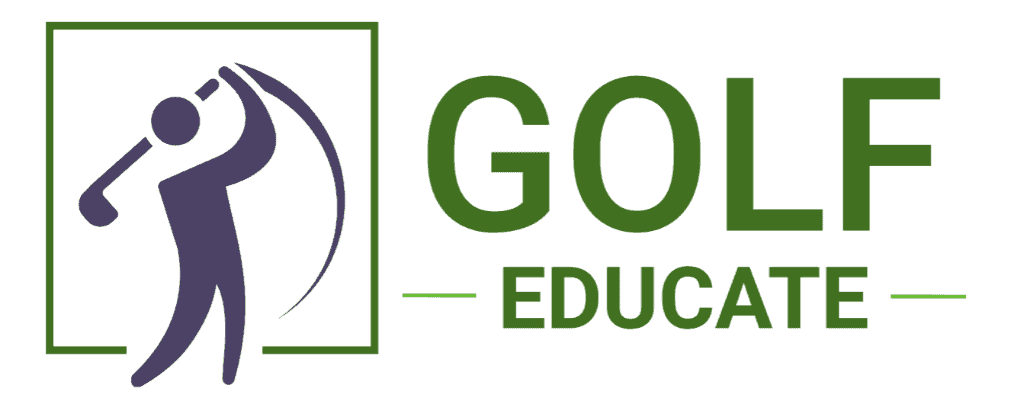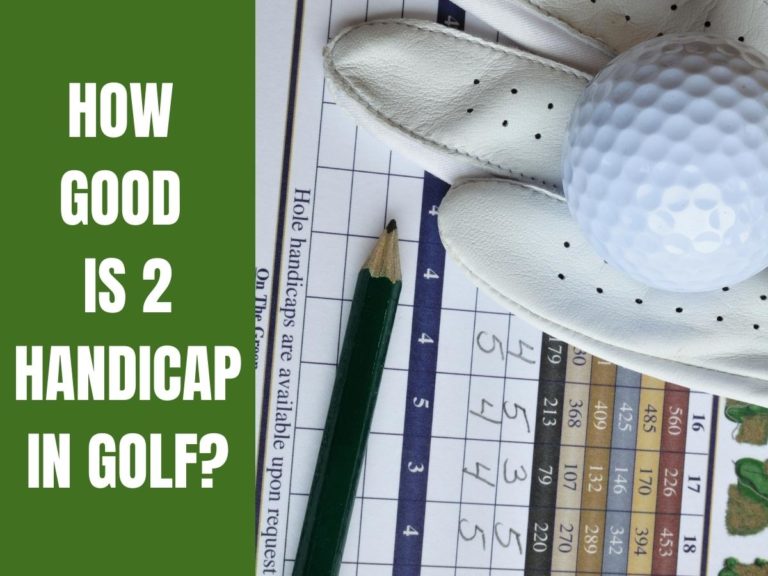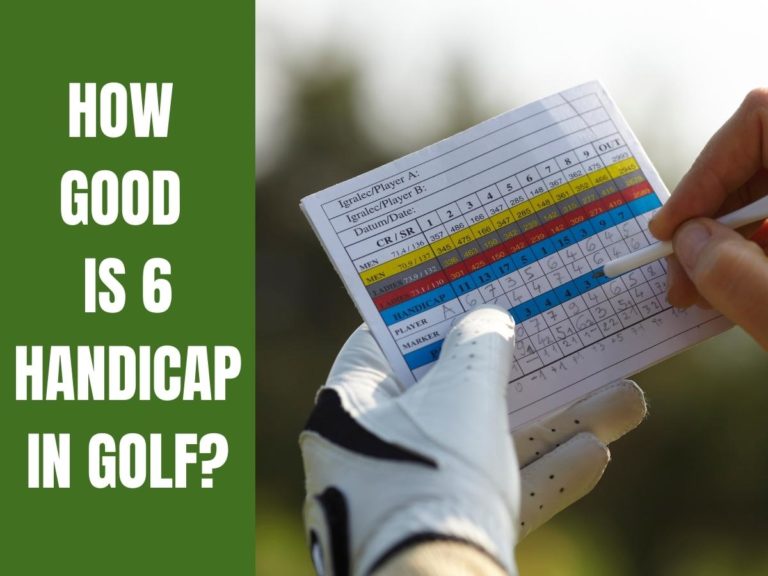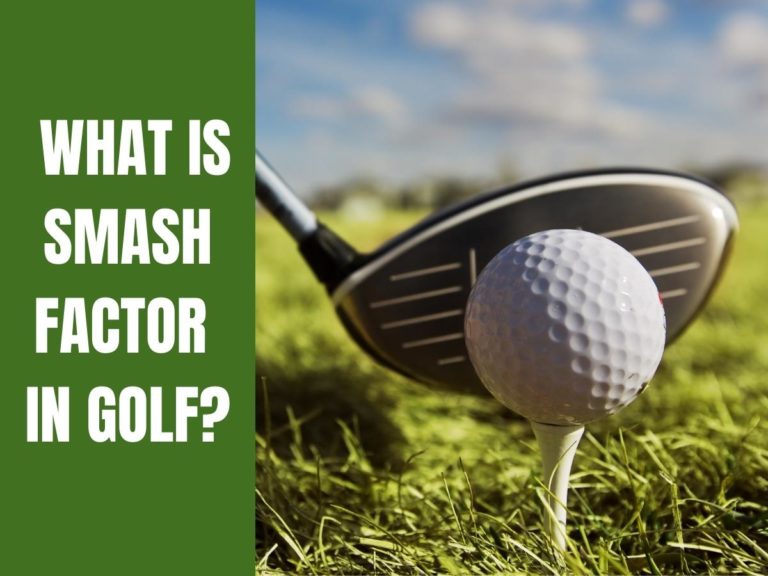The Average Handicap For A Pro Golfer
If you’re working on reducing your handicap to become a pro golfer or have a keen interest in watching the pros on TV, you might wonder what the average handicap is for a pro golfer. Professional golfers don’t generally keep score, but what would be their average handicap if they did?
The average handicap for a professional golfer would be +5.4 if they reported their scores. This handicap score is obtained from rounds played over a recent four-year period between 2016 and 2020 (minimum 100 rounds) based on scores relative to the courses’ rating and slope rating.
Some pros keep handicaps for interest, but this has no effect or bearing on their actual ability. The course setup for professionals is far more difficult than for even top amateur events. Read on to learn more about the average handicap of a PGA golfer and see how good the pros are!

Pro Golfer Average Handicap
Golf handicaps are only kept for amateurs. Professional golfers don’t have handicaps as there is no need to make it more of an even contest, so they don’t need to keep their scores.
If you consider that top-ranked amateurs could have handicaps around the +2 to +5 mark, it would be safe to safe that pro golfers would have handicaps from +5 to +8.
When arriving at the average handicap index for a pro golfer of +5.4, specific metrics weren’t considered, such as how the greens are faster and firmer for the PGA Tour or the placement of tougher pins. Nonetheless, it gives you an idea of the handicap you’ll need to make it as a pro.
Here are the results:
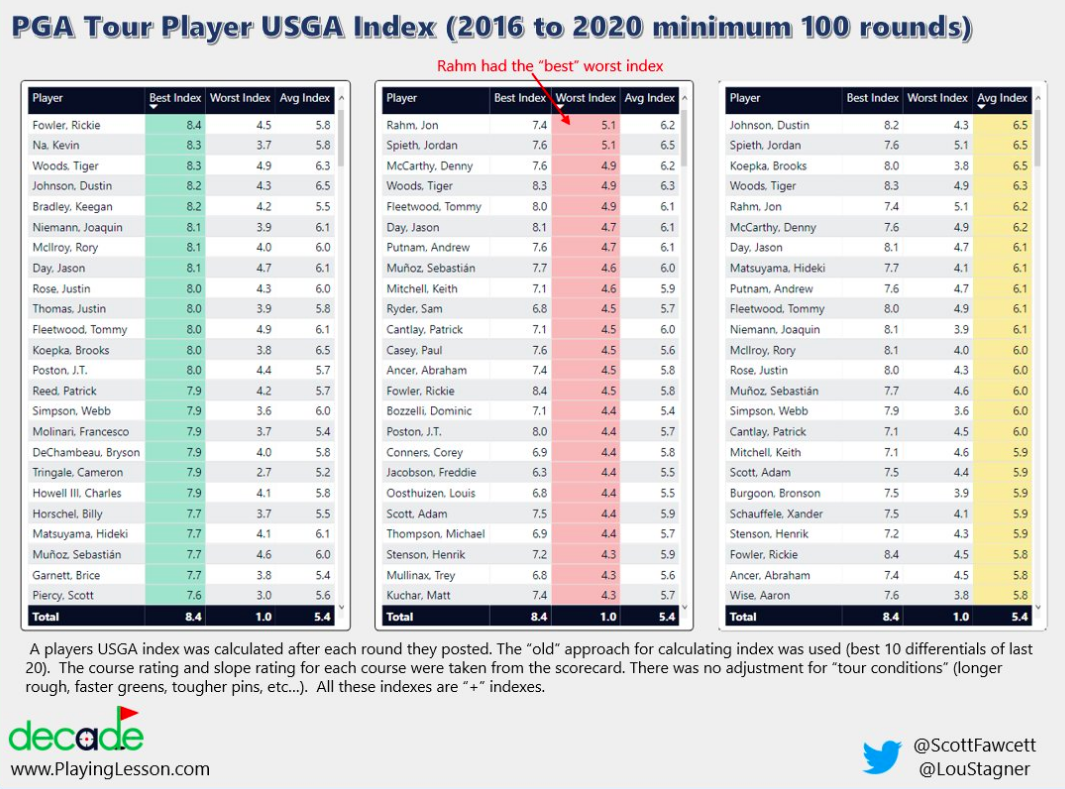
Source: @loustagner
Even Before Golfers Turn Pro, They Are Pretty Good
For a golfer to turn professional, they would usually have a handicap of between +4 and +6 as an amateur, as this would get to the entry-level ability for the pro tours. To be a pro, you’d need to shoot around three over par as a maximum playing on a championship course!
Now scratch and single-figure players may boast about their handicaps, but golf at the elite level is an entirely different universe altogether. At Whisper Rock in Arizona, elite players often have rounds there, and their handicaps are impressive.
Those names include Phil Mickelson at a handicap of +5.2; Paul Casey at +6; Martin Kaymer at +6.6; and Geoff Ogilvy at 5.8. To put this in perspective, compare these numbers to one of the greatest to ever play.
In the 2005/2006 season, Tiger’s handicap would have been almost +8. That’s more than two shots better than Mickelson’s handicap, and he is no slouch. Tiger’s handicap of 7.9 is one of the best, and rightly so.

Bubba Watson plays off a +7.7 handicap at Isleworth Country Club. Still, some elite players who achieved success didn’t have the +6 level handicap when they started, and Ian Poulter is a good example.
Many aspiring pros and amateurs alike seek to achieve that level of ability in their game. Few do, as it takes immense commitment, practice, and dedication to get that good. After all, golf is hard!
Making The Cut Like A Pro
If you’re thinking about turning pro having completed your degree, you should be shooting under par in at least 50% of tournaments you play in, or you will not make the cut as a pro. If you want to know how to become a pro golfer, this article will interest you, 7 Ways To Become a Pro Golfer.
Even if you are playing at +3 or better, there is still no guarantee that you will make it as the handicap is not the only element in your game you need to master to play at that elite level.
Related: How Good Is 3 Handicap In Golf?
Aside from the physical skills required, there are also the mental skills and resilience needed to compete with the best in the world, and no handicap can measure that. The pressure experienced in pro events can crack players and see them not even make the cut.
This is why many amateurs who do get a spot in pro events often fail to shoot their average scores as the course setup is much more complex, playing longer off the tees and with greens running faster and flag placements in more challenging positions.
In professional tournaments, the cut lines can vary from two over par to five under par, so pro golf is not an option if you are not shooting consistently in that range.
What Does The ‘PLUS’ Handicap Mean For Scoring?
If you’re a little confused by the ‘plus’ handicap, let me explain!
A plus handicap in golf is where players have to add strokes to their gross score to arrive at a net result. So, a player with a +4 handicap would need to shoot a score of 4 under par just to be even.
Now think about that for a minute. On a par 72 course, with a handicap of +4, a 68 would be playing to your handicap!
A scratch golfer would need to shoot a level par of 72 to shoot his handicap, and anyone who has achieved this feat knows how tough that is and to do that week in and week out simply to maintain a handicap.
Now you need to be 4-6 shots better than that on average to consider getting onto the PGA Tour! This ability level demonstrates how good the elite players are. Even those playing on the qualifying tours like Korn Ferry are distinctly better than top amateurs playing club golf.

How Much Better Are The Pros Than Scratch Golfers?
To give you a final perspective on the difference in skill level between pros and scratch players, let’s look at both the average scores and the average course ratings for pros and scratch players.
Based on statistical data in 2015 from more than 8,000 rounds of scratch golf played where the score played to handicap and more than 14,000 rounds of pro golf, the results are pretty emphatic.
The average pro score was 70.85, and the scratch player was 73.1; this is a difference of 2.25 strokes, but it doesn’t end there. The course ratings also come into play here, and for the pros, the course rating was 76, with the scratch course rating at 72.8.
This gave a difference of 3.2 strokes and added to the 2.25 strokes from the average score; the actual difference between pro and scratch is a mammoth 5.45 shots.
While the scratch players had a lower error rate and better accuracy off the tees, this stat would be mitigated due to the pro tees being that much further back than scratch tees.
Pro golfers, on average, were 33 yards further off the tee than the scratch players, but the PGA Tour pros showed their skills on approach shots with a better average on attempts from 126 yards to 225 yards out.
In both putting and short game, the pros are better at getting it closer and making more putts from 4-20 feet than scratch players are and that, of course, is where the scoring is!
The stats above don’t include any consideration for performance pressure. That would influence the determination of the difference between pros and scratch players and justify the impressive handicaps elite players would have.
Final Thoughts
When considering the average handicap of a PGA golfer, we have to remember that most pros don’t keep their scores. But, if they did, from recent data, their average would be +5.4.
So, the next time you are watching pro golfers, and while it seems they make it easy, remember that these players are playing off handicaps that most of us can only dream of.
Related Posts You May Like:
